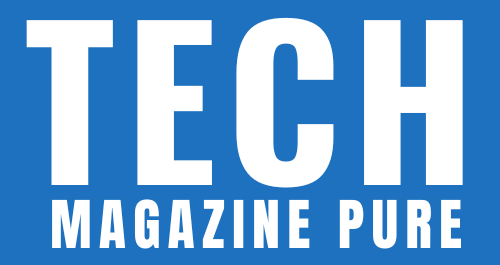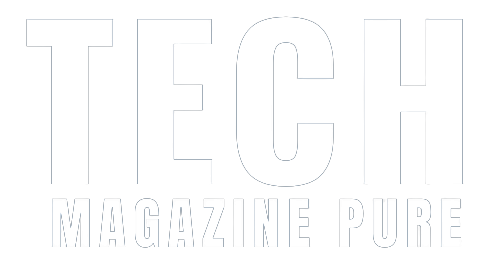Personal finance management has evolved with the advent of budgeting apps that aim to simplify money management and enhance financial well-being. Among the leading budgeting apps in the market, You Need A Budget (YNAB) and Mint have gained widespread popularity. Each app offers distinct features and benefits, catering to various user preferences. In this article, we will conduct a comprehensive comparison of YNAB vs Mint, exploring their unique offerings, usability, and how they can empower users to take control of their finances.
Empowering Users to Budget with Purpose
You Need A Budget (YNAB) is a budgeting app that adopts the principle of zero-based budgeting, emphasizing the importance of giving every dollar a purpose. The app focuses on helping users develop a proactive approach to budgeting, where they assign specific categories for every expense and income, ensuring that they remain within their financial means.
Key Features of YNAB
- Zero-Based Budgeting: YNAB encourages users to allocate their income to various categories, ensuring that every dollar has a designated purpose. This approach promotes disciplined spending and financial accountability.
- Real-Time Syncing: YNAB automatically syncs transactions across multiple devices, providing users with up-to-date information on their spending and budgeting progress.
- Goal Tracking: The app allows users to set financial goals and monitor their progress towards achieving them. This feature serves as a powerful motivator for staying on track with long-term financial objectives.
- Financial Education: YNAB offers educational resources, including webinars and articles, to help users develop a deeper understanding of personal finance and budgeting best practices.
A Comprehensive Financial Dashboard
Mint is a budgeting app that provides users with a comprehensive financial dashboard to manage all aspects of their finances in one place. It aggregates data from various accounts, including bank accounts, credit cards, loans, and investments, allowing users to get a holistic view of their financial situation.
Key Features of Mint
- Account Aggregation: Mint automatically syncs with users’ financial accounts, providing a real-time overview of their transactions and balances. This feature streamlines the process of tracking expenses and monitoring financial health.
- Budgeting and Categorization: Mint enables users to create budgets and categorize transactions into various expense categories, helping them understand their spending habits and identify areas for improvement.
- Bill Tracking and Alerts: The app provides bill tracking features, sending reminders for upcoming payments and helping users avoid late fees.
- Credit Score Monitoring: Mint offers users access to their credit scores and credit reports, enabling them to monitor their credit health and identify potential areas for improvement.
Budgeting Approach
The primary difference between YNAB and Mint lies in their budgeting methodologies. YNAB follows a zero-based budgeting approach, where every dollar is assigned to a specific category. This method encourages users to be proactive in planning their spending and ensures that they do not overspend.
On the other hand, Mint focuses on providing a comprehensive financial dashboard that categorizes transactions and tracks expenses across various accounts. While it offers budgeting tools, its approach is more passive, as it does not enforce strict allocation of funds like YNAB.
User Interface and Usability
Both YNAB and Mint feature user-friendly interfaces that cater to different preferences. YNAB offers a straightforward layout with a strong focus on budgeting, making it ideal for users who want a purpose-driven approach to financial management.
Mint’s interface, on the other hand, prioritizes data aggregation, providing users with a comprehensive overview of their financial accounts and transactions. This appeals to users who prefer an all-in-one dashboard for financial monitoring.
Goal Setting and Monitoring
YNAB places significant emphasis on goal setting, encouraging users to establish financial objectives and allocate funds accordingly. The app allows users to track their progress towards these goals, fostering a sense of accomplishment and motivation.
Mint also supports goal setting, but it does not integrate goals as seamlessly into the budgeting process as YNAB does. Users can still set goals and monitor their progress, but it is not as ingrained in the budgeting workflow.
Financial Education and Support
YNAB offers an advantage in terms of financial education, providing users with valuable resources to improve their financial literacy. The app’s educational content empowers users to make informed decisions and take control of their financial future.
Mint, while not as focused on educational resources, compensates with its extensive customer support and user community. The app’s support team is readily available to address user queries, and its community forums offer a platform for users to share tips and insights.
YNAB vs Mint are two powerful budgeting apps that cater to different financial management preferences. YNAB stands out for its zero-based budgeting approach, promoting a purpose-driven and proactive budgeting experience. On the other hand, Mint excels as a comprehensive financial dashboard, offering users a holistic view of their financial accounts and transactions.
When choosing between YNAB vs Mint, consider your budgeting style, financial goals, and preference for financial education. Both apps can empower users to take control of their finances, make informed decisions, and achieve financial success. Whether you prefer the purpose-driven budgeting of YNAB or the all-in-one financial dashboard of Mint, these apps can become valuable tools in your journey towards financial well-being.


